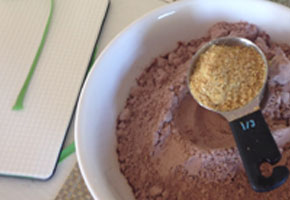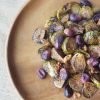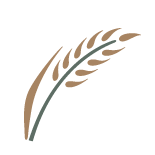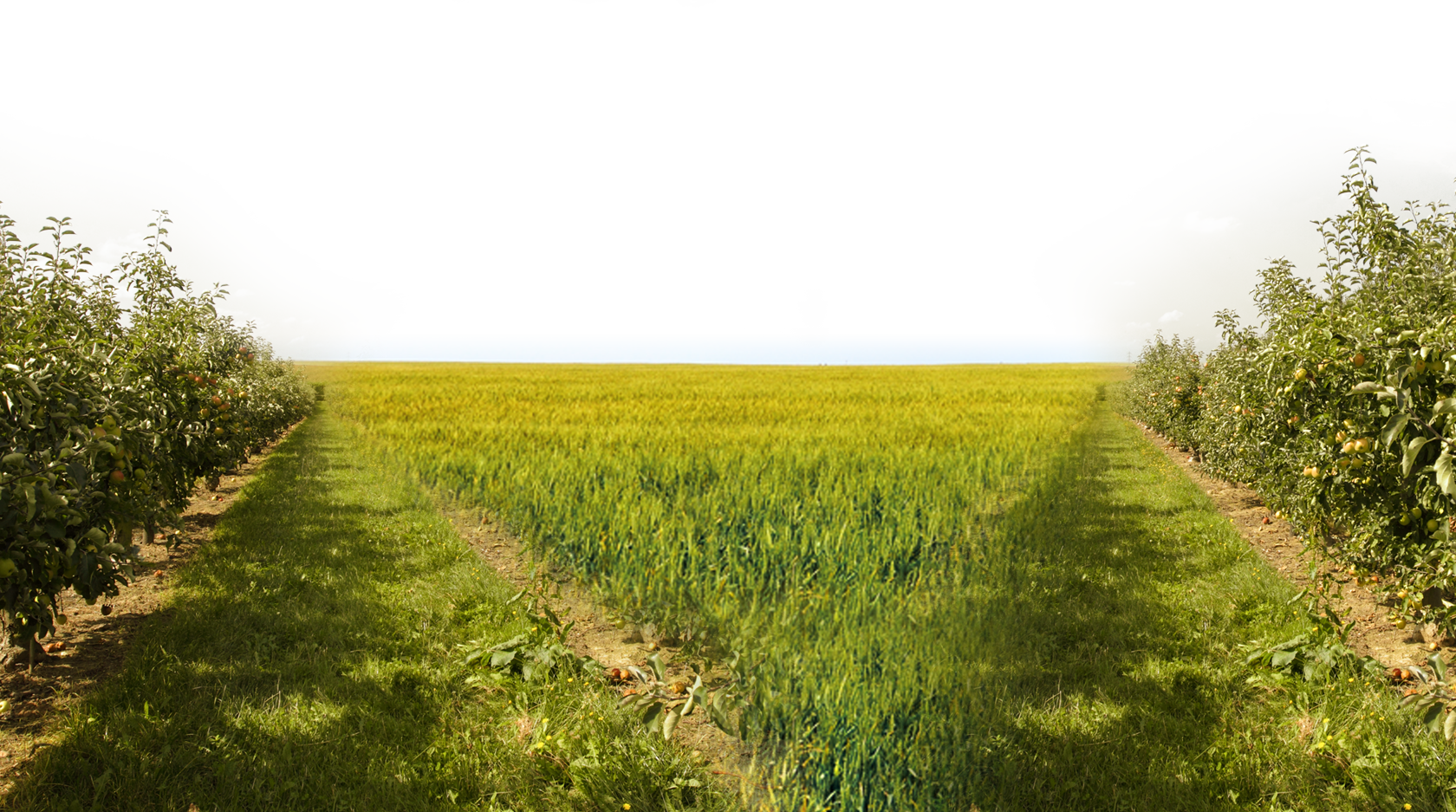
Fabulous Flax
By Karen Shepard | 2 Comments | Posted 07/27/2014
I am about to share with you the most important thing I have discovered about Flax. You can put it in brownies! Yes its true. It makes them not only even better tasting, but also places them on the Shepard, “Of course you can have that for breakfast” list. (But please do not tell our nutritionist Elizabeth Chatellier that I said that.)
In all seriousness though, Flax really is one of those must have foods with or without chocolate. And I’m not the only one who thinks that. In the 8th century King Charlemagne believed so strongly in the health benefits of flaxseed that he passed a law requiring his subjects to consume it. Since it is not currently legislated into use, some of us just don’t think of it often enough, but there are lots of good reasons to consider consuming this ancient grain – aside from a jail sentence hanging over your head.
Small but mighty, Flax outstrips all other grains in its nutrient and health benefits. Possibly the first cultivated of the ancient grains, it was discovered to have been in use as long as 30,000 years ago. Evidence of its use as a textile comes from Dzudzuana Cave in The Republic of Georgia. It was cultivated in Babylon as early as 3000 BC, and is known to have been part of the diet and culture in Egypt as long as 5000 years ago. Its latin name, Linum usitatissimum means “most useful,” an accurate description of this tiny wonder grain.
Among its many amazing attributes is the fact that it is a complete protein, something no other grain can claim. It is the number one source of Omega3s, like alpha-linolenic acid your body cannot produce on its own. It is also number one in lignans, fiber-like compounds that provide antioxidant protection. A tablepoon contains about 8 grams of fiber. Studies have shown that it can help reduce the risk of breast and prostate cancer.
The anti-inflammatory benefits of ALA (alpha linolenic acid) and lignans have been proven in studies where baked goods infused with ground flax lead to decreases of 10-15% in C Reactive Protein levels – one of the newest indicators cardiologists use to determine inflammation in the cardiovascular system.
In addition, the alpha-linolenic acid, found in this fiber and nutrient packed seed, can remain stable at temperatures up to 300F, making it easy to use in baking. It is also easy to add to cereals, yogurt, soup, ice cream or anywhere you might enjoy a mildly nutty flavor.
It’s important to note that to get all of the amazing benefits of Flax, it must be ground. It is best to refrigerate in an air tight container immediately after grinding, since the exposed core of the seed can go rancid in as little as a day at room temperature. If you want to purchase Flax whole and grind it yourself, a small coffee grinder set on fine works well. Whole seeds have a longer shelf life, but should also be stored in cool dry place.
Fair warning: Grinding it your self is less expensive, but its messy and clean up is not fun. I used a natural bristle brush to clean out the coffee grinder but it seems to just get everywhere. Pre-ground is lovely.
webmd.com Benefits-of-flaxseed
http://en.wikipedia.org/wiki/Flax


 Contact us
Contact us



























